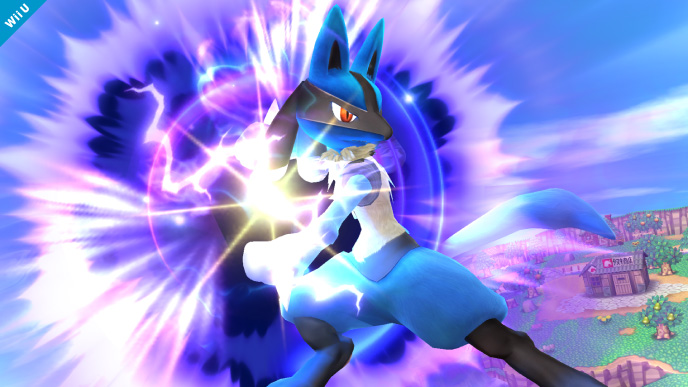Mega busted.
Catching opponents as they leap and use an up and special attack to catch just enough verticality and nab the edge of a stage can prove really difficult in Super Smash Bros., but doing so successfully often leaves both players with a sense of wonder. How did that happen? How does that happen? Many video games paint the struggle between two players in stark realities that belie the beauty or overt fantasy on-screen and to that end, Smash stands alone in fighting games.
Thinking about a contest between two players enjoying a shooter game or two others playing a strategy game colors the interactions in Smash as merely fanciful, childlike action-figure brawling. Standing up against a game like Street Fighter IV or its numerous balancing iterations, Smash starts to quickly approach a Ty Beanie Baby brawl or a ball pit deep enough for even the most grown men to swim in. Still, where the experience felt solid and satisfying on Nintendo 3DS, it inevitably feels like a brand-new generation of heated battle on Wii U with snappy controls, gorgeous graphics and animations, and for the first time in the franchise 8-player fights.
8-player Smash itself is available as soon as you launch the game and even has its own unique stages built to accommodate so many players. Its this immediate accessibility that drives the player through the game on each new platform, but at least on Wii U the menu system can feel a little intimidating when you first start. There’s an option for standard Smash, there’s an option for special modes, there’s an option to explore the trophies you collect in-game, and there’s an option for playing online. Choosing between these only proves as difficult as the opponent you’re up against.
I jumped into standard Smash immediately and found that the same options carried over from the portable version. All of the items players may have grown familiar with on Nintendo 3DS have returned here, and there are more than a few stages exclusive to this version, as was the case with the portable release. For most players, Super Smash Bros. for Wii U will present relatively straightforward gameplay.
I tended to leap into a standard battle immediately before taking on a larger or lengthier challenge in which the game offers a series of battles or the opportunity to earn bigger rewards for completing a more difficult battle. Smash Run Tour, the single-player adventure-esque side-scrolling mode that offers lots of rewards and fighting variety returns and looks fantastic on big-screen TVs. It still represents the best place to collect new items for custom fighters and coin for the trophy gashapon. You’ll want to stock up on special moves and costume gear in order to separate your favorite brawler from everyone else online.
Perhaps more importantly for fans of the series dedicated to discovering unique ways of moving faster, hitting harder, and generally out-thinking their opponent, this Wii U version largely addresses any control issues you may have had on Nintendo 3DS. Some folks found that their circle pad wasn’t up to the task for the portable version and on Wii U the GamePad or remote and Nunchuk analog sticks completely fix this. Further, Nintendo has offered a bundle at retail packaging a USB adapter for GameCube controllers. If you’ve still got purple pads tangled up in your gaming corner, they’ll get plenty of exercise with Super Smash Bros. for Wii U and new productions of these controllers are also available at retail.
Through both playtime on Wii U and unlocking every character on Nintendo 3DS, this iteration has revealed itself as one that can cater to both hardcore tournament competitors and anyone willing to play Mario Kart. These are two incredibly far removed groups considering the ubiquity and longevity of Mario Kart, but it stands to reason that this flexibility proves invaluable.
I had a friend over to play this past weekend before the game releases, before I could even speak at length about the experience and how it differs from the portable version. While there was a little consternation as to who had to use a Wii remote and Nunchuk (get the GameCube adapter, people!), launching into a match with random characters proved entertaining at great lengths. I used an amiibo Nintendo included in the review package shipped to me and we soon found that the little figurine was mopping stages up with both computer and human players alike.
A six-player battle, as opposed to the full eight-player match, also offered a unique opportunity for higher point tallies while retaining the tight controls for lengthy combos. Chaining a few of Sonic’s spin dash moves or trying to hit up and special attack at just the right time with Mario satisfies just a little bit more in slightly more crowded battlefields. There’s plenty of that in other game modes too. I loved exploring branching paths with variable rewards in Classic. Special Smash modes offer options for battling with scores of Mii fighters, if that’s your prerogative. Collecting things in-game can be dizzying with the insurmountable number and variety, but doing so leaves an intense sense of reward behind that pounding start for the next match gets too easy.
It’ll be the number and extreme variation in character design and movesets that will make Super Smash Bros. for 3DS second place in a one-on-one, one stock match with this Wii U version. Unfortunately for the portable version, console graphics and larger, clearer characters allow for more precise control. This leads to more heated matches, higher damage totals, and an exacting sense of fun that seeks players out not unlike a level-9 CPU Pikachu with a down and special thunder attack locked and loaded.
I can’t help it. Playing Smash with bright, highly stylized graphics, incredibly fast action, and wide choice of opponents both online and offline makes this Wii U’s slam dunk of 2014. It feels like a new definition of Nintendo, beyond what you expect of characters even as outside the Mushroom Kingdom as Kirby or the Fire Emblem crew. Between a snappy and animated user interface and the huge selection of music ranging the company’s portfolio, it’ll be hard to say any other game from the company could feel this complete.
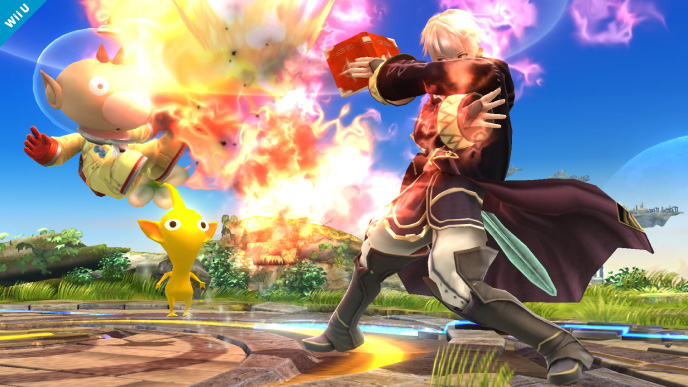
It’s true that Super Smash Bros. evolves every time with regard to new features, items, and characters to choose from. While your favorite character may not return or a few annoying pickups may force you to turn off items altogether, this represents the biggest leap forward Smashers have seen yet. The group stands apart from other fighting game communities and it’s even taken Nintendo some time to come around to offer support for the tournament scene. Still, no one can deny the game’s appeal and it’d be hard to find someone who doesn’t feel comfortable picking up a controller for a casual match.
Take Captain Falcon, Bowser, and Pit to the mat with your favorite Pokémon to find out for yourself. With or without classic Gamecube controllers, regardless as to whether you invest in amiibo figures or not (notice I haven’t mentioned them much in this review), and whether or not you even know who these characters are, Smash is fun. That’s one of the most boring words to use in a video game review, I know, but I can’t sum it up any other way. Nintendo’s developers made it an obvious objective and they’ve unequivocally hit the motherload. You’ll feel like you did too, so make sure you’re tossing opponents off-stage to explore it all.
Copy and amiibo figurine provided by publisher. Exclusive to Nintendo platforms.
-
So many characters to choose from
-
Tons of stages
-
Huge variety of game modes
-
Smash Run and longer gameplay options
-
The soundtrack
-
Options, options, options
-
Solid net code carried over from Nintendo 3DS
-
Crisp, gorgeous graphics
-
How about a Smash story?
-
Was your favorite character removed?
-
Ouch
Super Smash Bros 3DS & Wii U Character Roster
-
Bowser
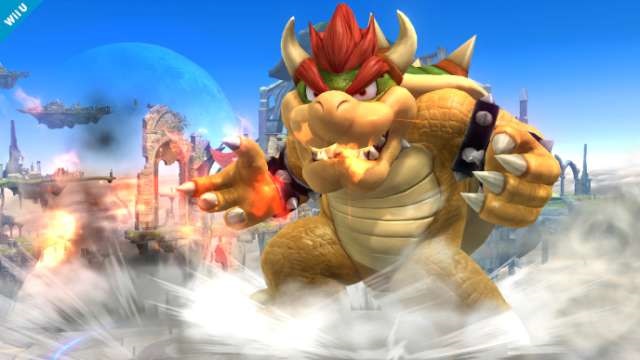

-
Donkey Kong
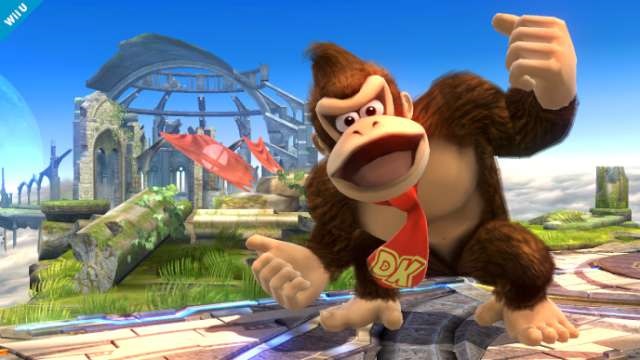

-
Fox McCloud
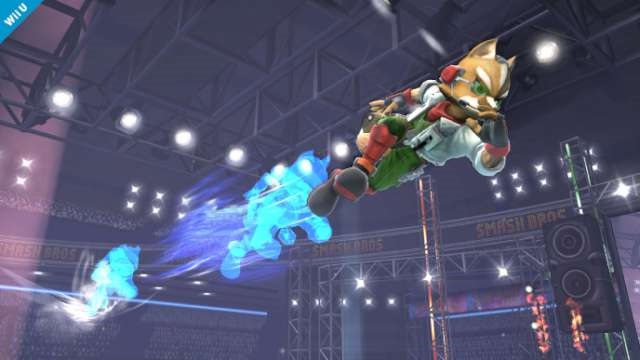

-
King Dedede
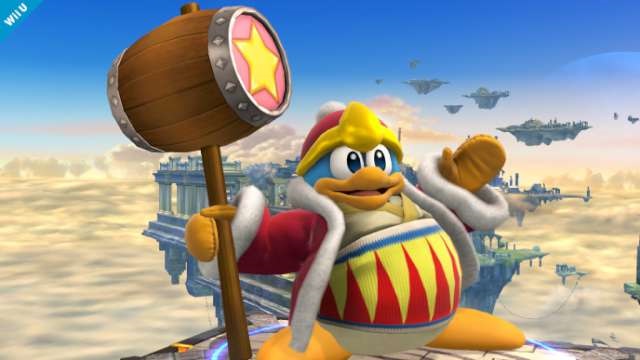

-
Kirby
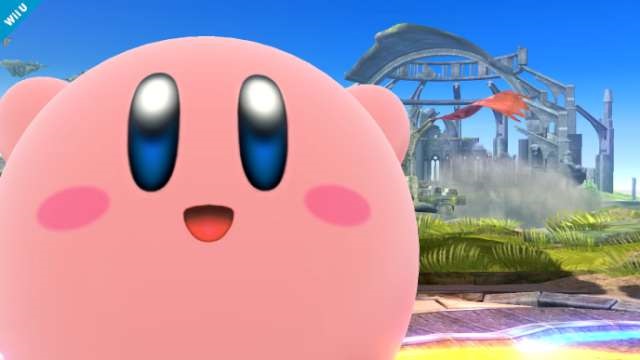

-
Link
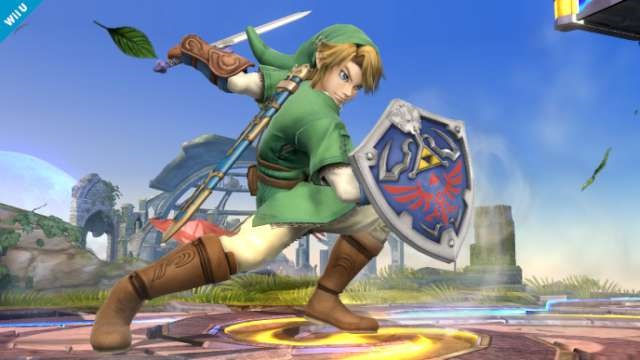

-
Luigi
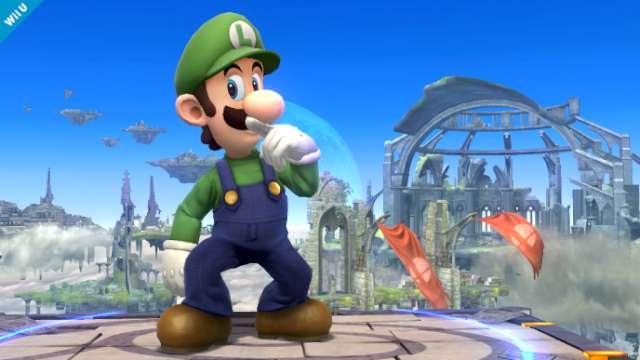

-
Mario
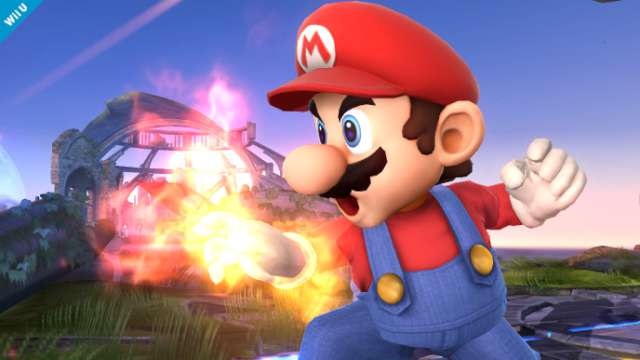

-
Marth
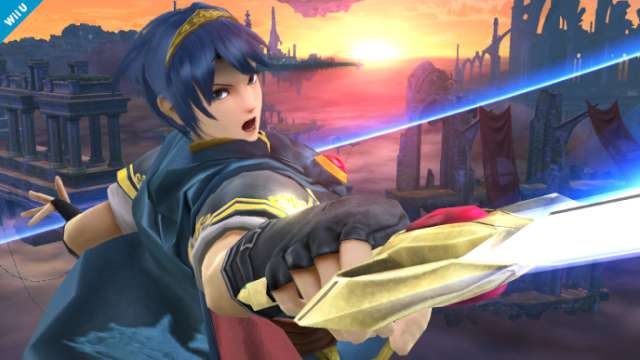

-
Mega Man
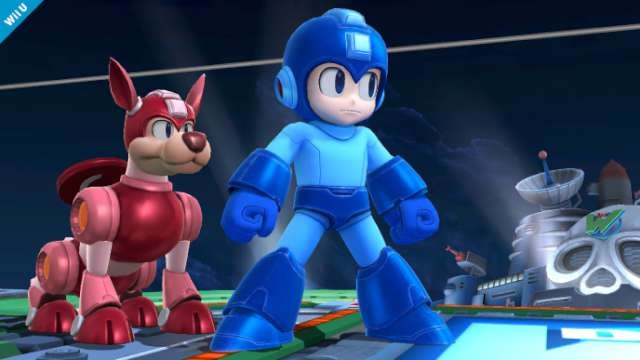

-
Peach


-
Pikachu
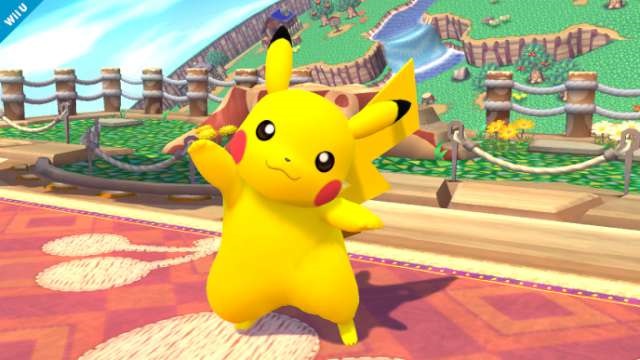

-
Pikmin & Olimar


-
Pit
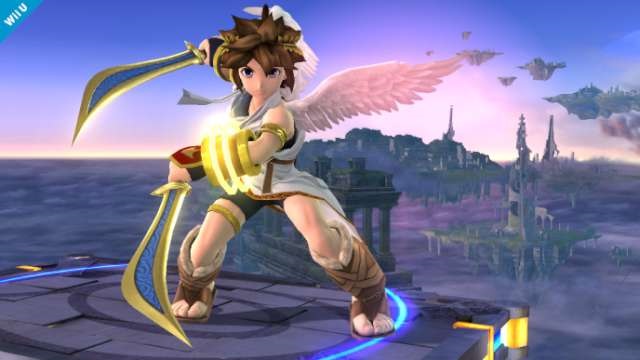

-
Rosalind & Luna
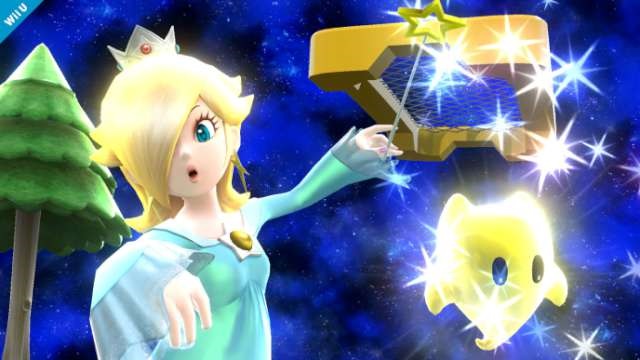

-
Samus
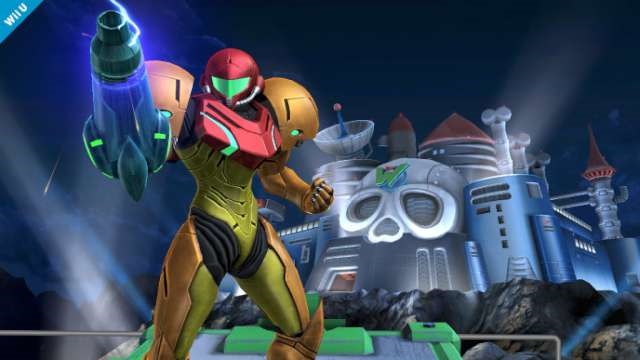

-
Toon Link
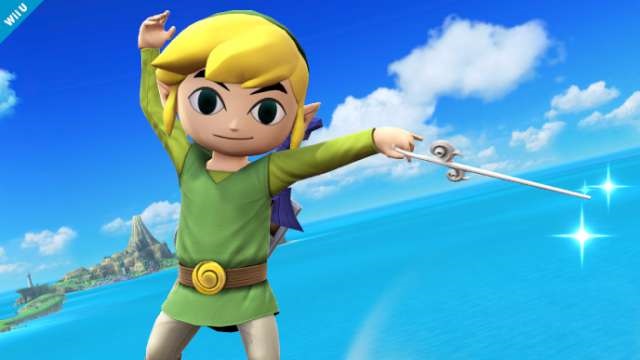

-
Villager (Animal Crossing)


-
Wii Fit Trainer
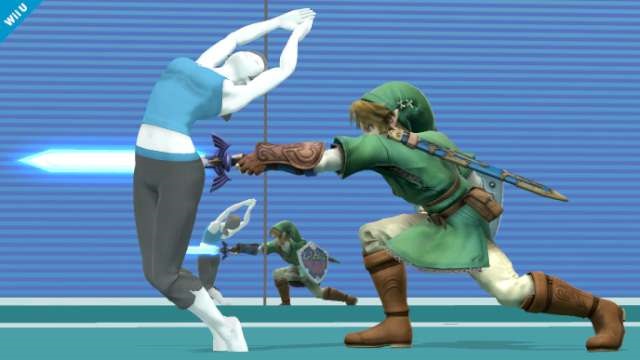

-
Zelda
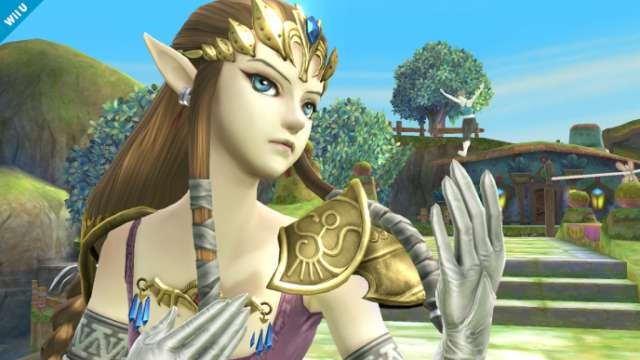

-
Sonic the Hedgehog
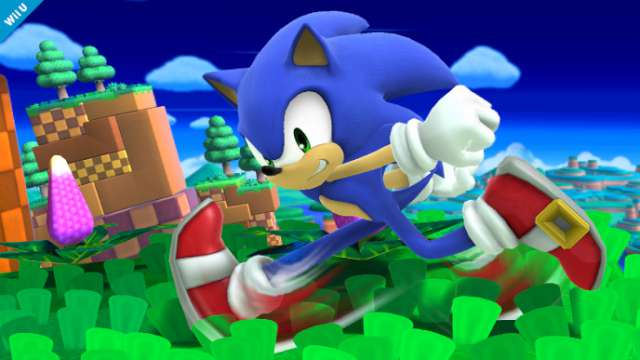

-
Lucario
